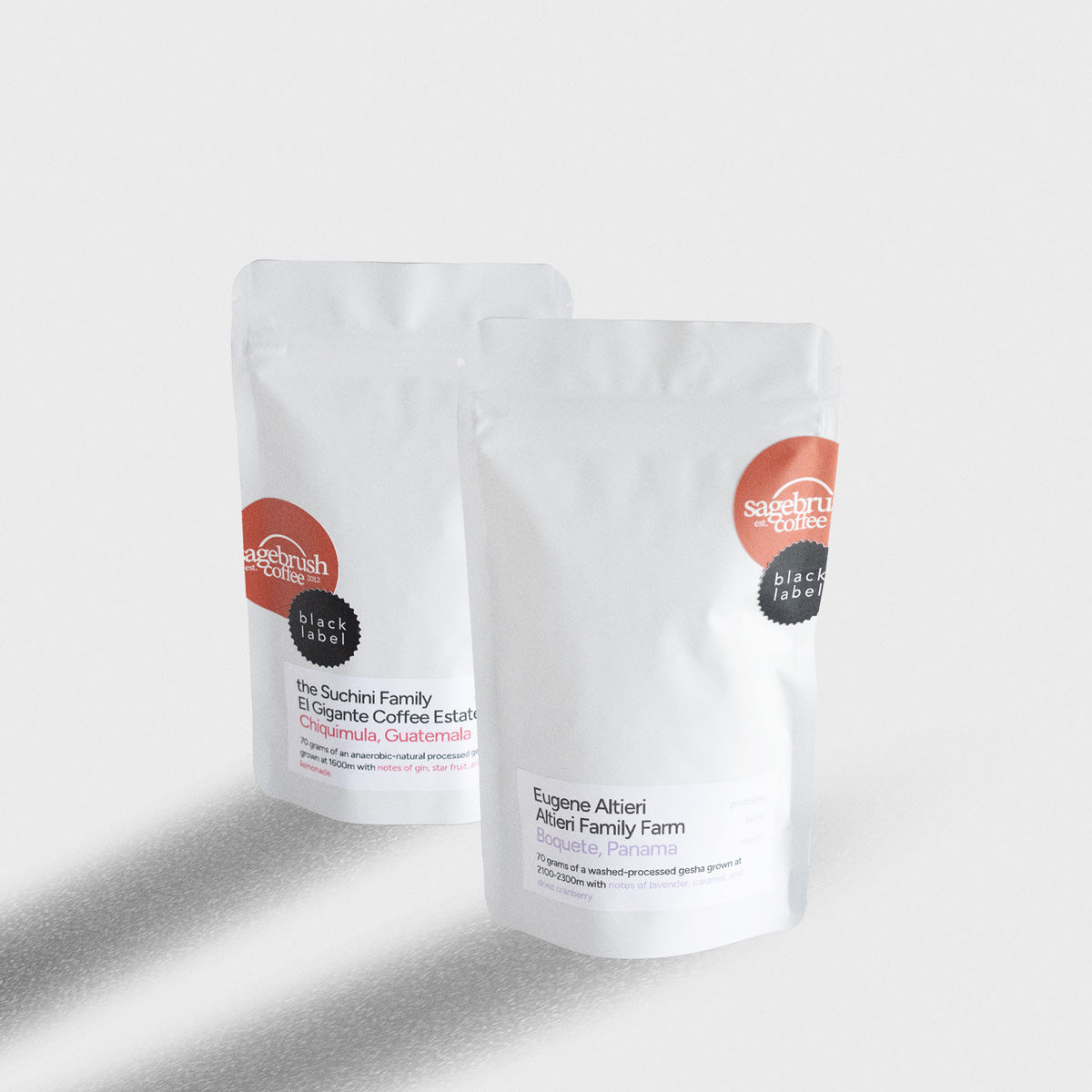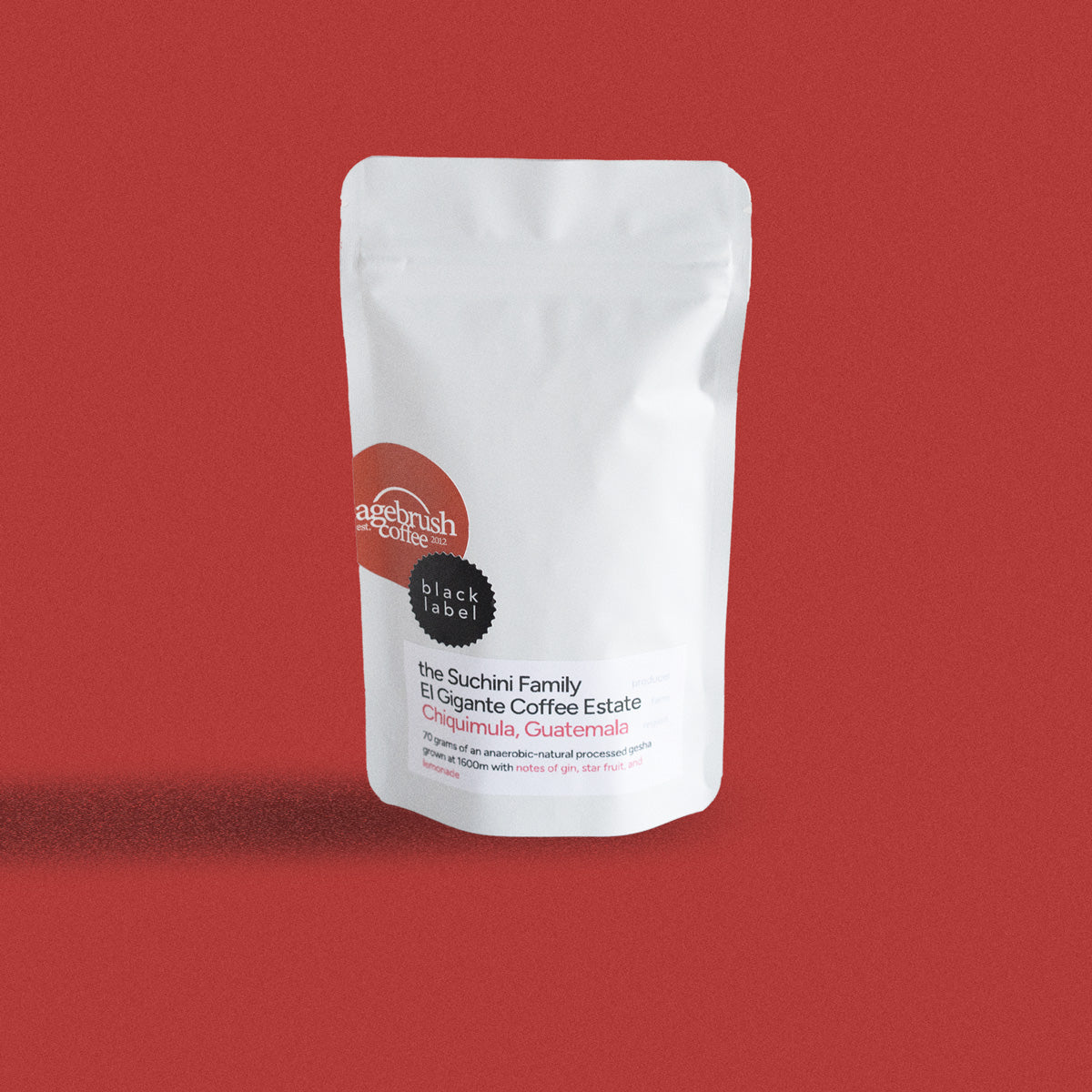We've all been there, we check our monthly bank statements only to find out we've been spending WAY more on coffee than we thought we were. We need to pivot, but don’t want to sacrifice our daily addiction. There are a lot of ways to adjust your spending on coffee and it DOES NOT include diminishing the quality of your coffee. Here are some of Matt's ideas to streamline your spending.
Coffee prices are getting as high as they have ever been. The C market coffee futures are at a 5 year high and are still considered a strong buy. We haven't seen a sustained peak like this in the market ever and there is no end in sight. We feel the ripple effect of this in our coffee roastery and frankly those futures are impacting our 2025 coffee prices, so next year will be worse than today. I'm sure you feel the effects of this at home. As one coffee snob to another, the last thing I want to do is reduce the quality of coffee that I'm drinking. So what can we do to try to save money as we're drinking our favorite coffees? Today I'm going to review some things I'm doing at home, and hopefully it will help you maximize the value of what you're buying and keep great coffee in our cups.
Let's start with an easy one. Clearly, if you're going to a coffee shop 5–7 days a week, you need to stop and bring coffee from your local shop home and brew it there. This strategy will not only save you 60–70% on your coffee costs, but will also save you time and effort, because the slowest brewing method you do at home is still faster than asking them to do it at a coffee shop.
The most significant tips from this article are for those of us that already drink the majority of our coffee at home, but still want to tighten the belt. How can we maximize the value per dollar spent? Let's start by talking about how I pick the coffees I like to drink. I generally have two coffees. What I call my "daily driver," is the coffee that goes in the pot every single morning—the first thing I smell and drink when I wake up. Then there's another coffee in my collection, which is more of the "sip and relax" coffee—on the days that aren't rushed to get out the door, where I want to enjoy every single sip of that coffee. For those times, I'm willing to buy a little bit nicer coffee. So, do you think about coffee that way? Do you think about coffee in terms of, "What's my daily driver versus what is the coffee I can really cherish?"
At Sagebrush, we actually think about that as we buy, price, and sell coffees. We have really good coffees that push the envelope forward in terms of connecting farmers and helping producers grow in their abilities. Sometimes their farms are so small that we end up combining different farms together to create a lot, and those are what we call our brown label coffees. You’ll see a lot of these on our website. They come from smallholder farms and are pushing coffee forward in their own way. They may not have the time-intensive processes in place to make really unique cups, but they're great every single day.
Then, we spend a lot of time looking for the best of the best, single-origin coffees, where producers are investing in processes like honey, fermenting, and other natural methods to maximize the flavor of the beans. These processes takes time, effort, and money. So think through: Am I willing to, on the five days a week, sacrifice some of those unique flavors to maximize the dollar and still get really good, ethically sourced coffee? Or would I rather go with premium coffees every single day?
As I think through my coffee spending habits—and frankly, owning a coffee shop kind of gives me a cheat—I believe there are a lot of ways we waste money on coffee. Maybe our coffee ages out. Maybe we brew more than we need and end up throwing away half a pot. Or maybe we’re buying a small amount when we could buy in larger bulk and save money. As you think about it, what brewing equipment do you have at home, and what do you use regularly? Are you using it in a way that maximizes your yield day to day?
A good example of this is in our home: We make a pot of coffee every morning with a Moccamaster for my wife and I. But there are days when our schedules are different, and instead of brewing a full pot and throwing half of it away, it would make more sense to make individual pour-overs. That happens more times than I like to admit. So think through your daily schedule and what brewing method maximizes that. This might sound like I'm nickel-and-diming it, but if you're drinking coffee every single day, saving 5–10% on your coffee usage over 365 days a year will have an impact. And frankly, you can send that money upstream to the producers who are being pinched by rising prices, rather than throwing away coffee.
That leads me to the next point: How do you buy your coffee? We sell coffee in 12-ounce, 16-ounce, and 4-pound bags here on our website. We chose these sizes to help you maximize your purchase for your normal brewing amounts. I think most customers buy coffee every couple of weeks, but you can probably get away with buying coffee once a month. If you know how much coffee you use each month, you can buy in bulk, which may mean getting the 4-pound bags and saving money. The price per pound for a 4-pound bag is significantly lower than for a 12-ounce bag. So look at how much coffee you use and try to maximize your dollar.
But if you’re buying in bulk and keeping coffee on the counter for a month, you need to store it properly to maintain freshness. We’ve tested it, and we think coffee’s sweet spot is somewhere between 4–5 days and two weeks. But there are things you can do to preserve it from two weeks to four weeks that will make almost no noticeable difference in flavor. Light is the enemy of coffee freshness, so store it in a dark place. Oxygen is also an enemy, so seal your bags or use an airtight container. I have friends who partition their daily coffee into separate bags to minimize oxygen exposure. That could be a lot, but taking a 4lb bag and splitting it into 4ths is a bit easier. Humidity is another factor—though less so in dry places like here in Arizona—but in more humid environments, use a dry container to help preserve your coffee.
The last thing you want to do is leave a bag open on the counter, exposed to sunlight and air. That will make your coffee taste stale pretty quickly. Do what you can to preserve the coffee so you can buy in bulk and enjoy it longer.
When I talk about saving money on coffee, my goal is to reduce waste and spend money wisely so we can ensure the producers we love can continue their livelihoods. Fertilizer costs are going up, yields are going down, and labor costs are increasing. The last place I want to save money is on the beans. I want to save money elsewhere to support the farmers, not by cutting corners on their coffee.
Before I move on, I want to mention coffee gear. Early on in Sagebrush's history, I used profits to buy gear, and over time, I learned a lot about what matters and what doesn’t. Gear does change the flavor profile of coffee, but you don’t always need the latest, fanciest gadget. For example, in our shop, one of the biggest improvements we made to pour-overs came from simply stirring the grounds with a chopstick. It had more impact on flavor than any new brewing method.
So, before you buy every new gadget, think about what you're buying it for. Does it really maximize your coffee experience? If you want to collect gear as a hobby, that's fine, but it shouldn’t be a part of your general coffee budget.
Finally, the most significant way to save money on coffee is by becoming a home roaster. That might sound intimidating, but it’s easier than you think. When I started, I had a friend show me how to roast coffee with a popcorn popper in his garage. After that, I bought a Whirley-Pop popcorn popper and roasted on my stove once a week. Home roasting costs about 30% of what you’d pay for roasted coffee, and it can be a fun hobby.
That’s why we started Sagebrush Unroasted —a website dedicated to home roasters. We sell unroasted coffee beans to help people roast their own. If you have questions about getting started with home roasting, email us—we’d love to help.
In summary, we’ve talked about ways to save money without reducing coffee quality:
- Stop going to coffee shops and brew at home.
- Be intentional about the coffee you buy.
- Minimize waste and store your coffee properly.
- Consider home roasting to get the most value.
The key is paying attention to the details of your coffee experience and supporting the farmers who grow the coffee we love.
This article came about because 15 years ago, I looked at my coffee budget and realized I needed to make some changes. I stopped shopping at specialty roasters and became a home roaster. Today, coffee is my livelihood. There are many ways to look at that budget and think, "I need to save money," and I hope this article gave you some ideas for your own home.

















